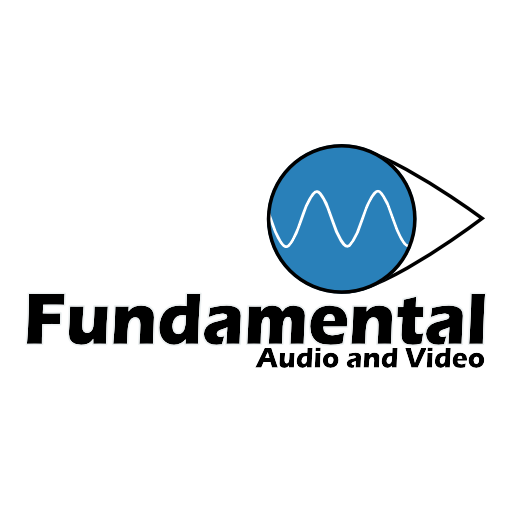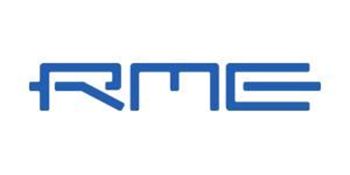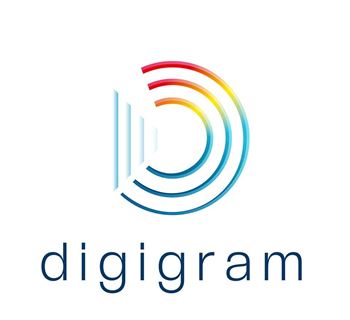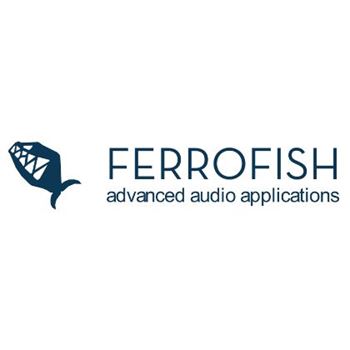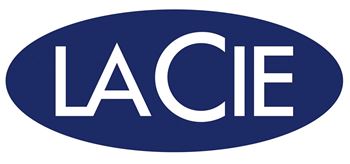SYNCHRON-ized Special Keyboards
From Baroque to the Avant-garde
This library is based on the VI Collection Special Keyboards, optimized and enhanced for the Vienna Synchron Player. With its straightforward preset and patch structure, the various registers and techniques are clearly laid out and easily accessible. Expertly crafted mixer presets with the customized impulse responses from Synchron Stage Vienna make placing these instruments on various spots on the scoring stage within your mix fast and simple, delivering the perfect sound out-of-the-box. You can also turn off the player's convolution reverb and algorithmic reverb and place the dry samples in any other environment.
In addition to the "classic" presets, the new FX Presets offer otherworldly, mysterious and unexpected sounds, making use of the Synchron Player's internal mixer with its integrated audio effects and routing options.
The harpsichord has a famously bright sound with rich overtones. Typically a Baroque instrument, the harpsichord has played a minimal role in classical and romantic music. In modern literature, however, it has been rediscovered by a broad range of musicians, and is also used poignantly and effectively in film and TV music. This two manual instrument offers the choirs 8' solo, 8' double, and tutti (a combination of two 8' choirs and one 4' choir).
The harmonium is a free-reed instrument, meaning that air streaming past reeds of different lengths causes them to vibrate. Unlike organ pipes, the harmonium's reeds produce more disharmonic overtones, creating a unique, undulating sound.
The prepared piano is a technique that became known to a wider public around 1940 and is primarily associated with the innovative composer John Cage, who inserted objects such as erasers, nails, wire and paper between a piano's strings causing them to produce additional tones, harmonics, or percussive sounds. In the recording sessions, the Vienna team also articulated the Bösendorfer Imperial's strings with their bare hands (e.g., for creating evocative glissandos) and with wood mallets in order to achieve a multitude of fresh sounds and colors.
Hard Drive Space Requirements
- 5.42 GB free hard drive space
